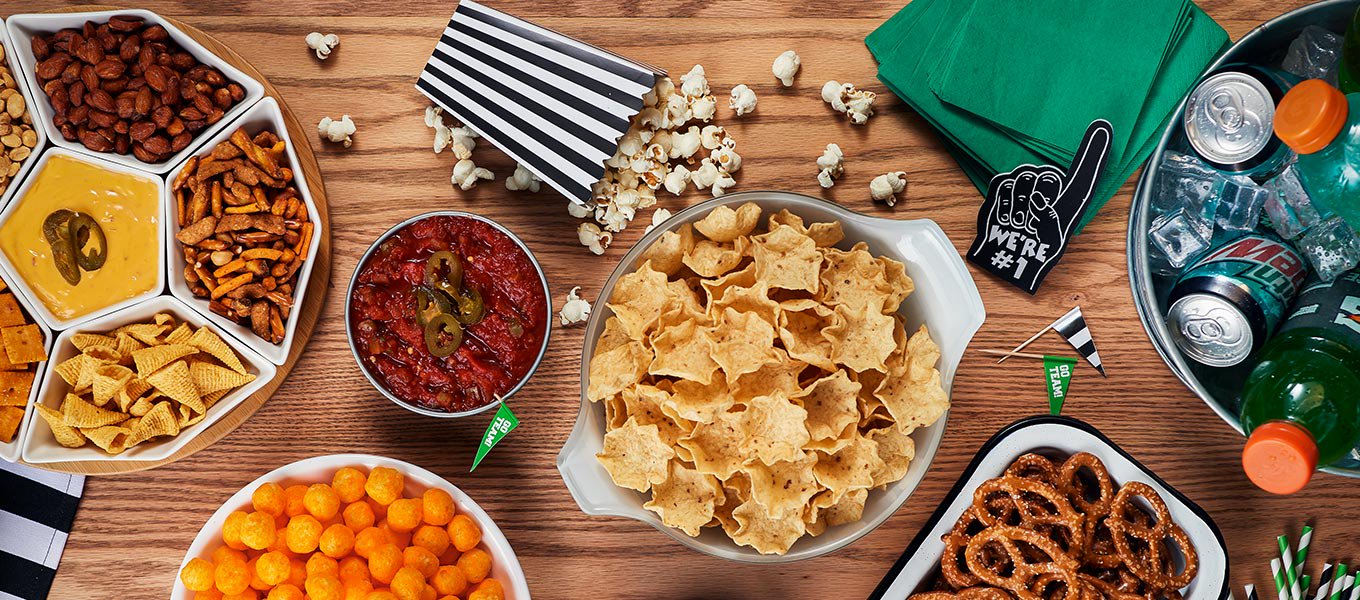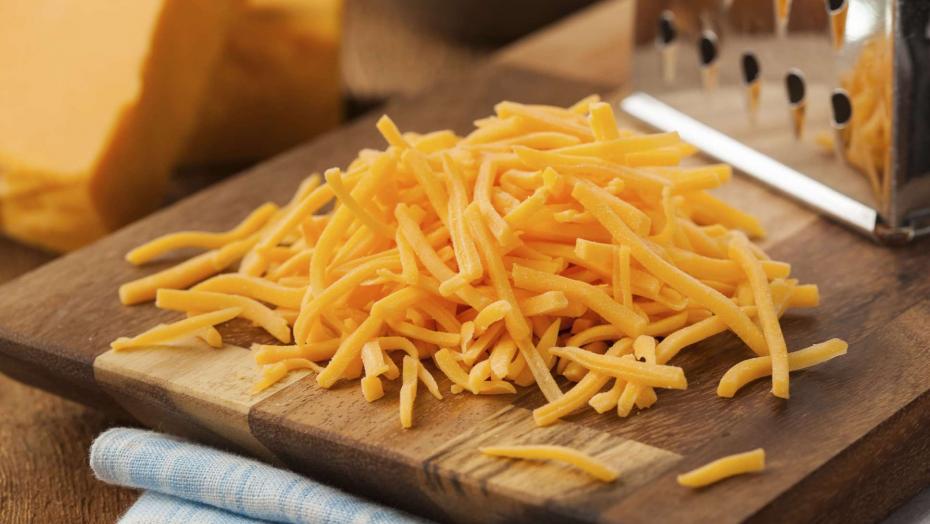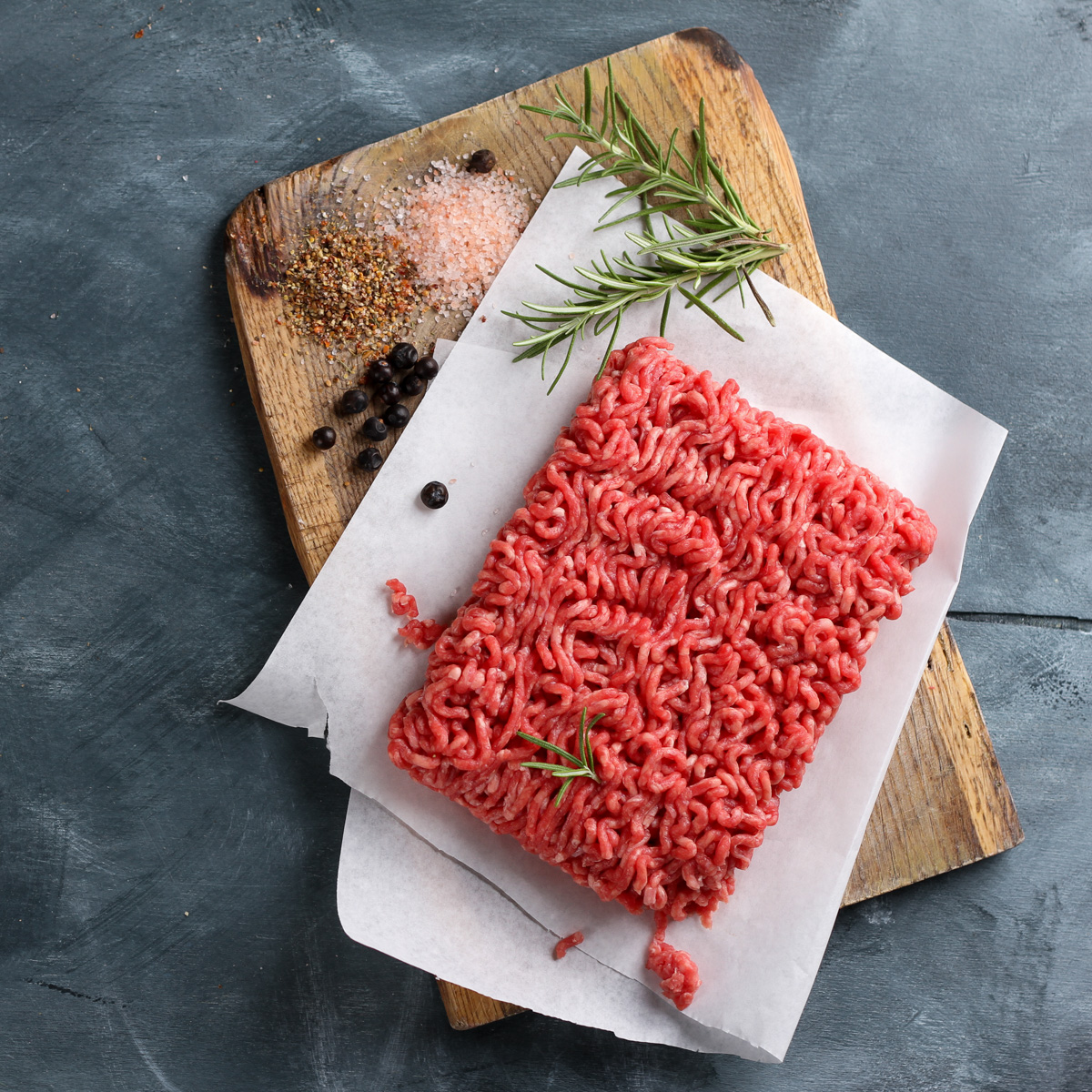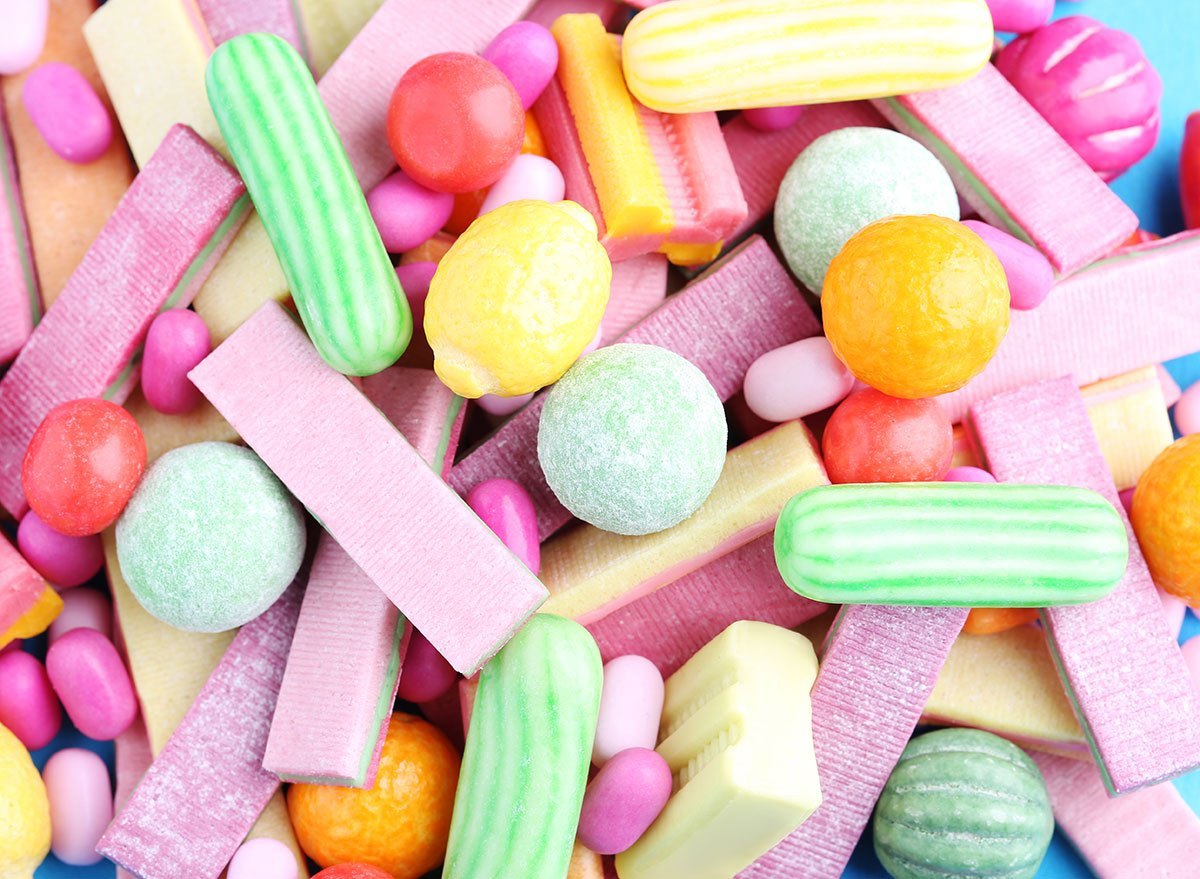
Most of us go to the supermarket and buy the things that we like and every now and then something new will hit the market and we get to try that too. Some things we don’t think twice about and most of us generally consider our food safe without any dangers. That might change a little bit after you see what we found that could be hiding in some of your favorite foods. This is the list of those types of food.
Bread

Bread is a fairly basic thing if you make it at home, add a few ingredients like flour, salt, water, a little oil, yeast, and sugar, mix it up and throw it in the oven and in 35 minutes you get ready to devour it. Those factories that make bread must be following the same procedure?. If you look a little deeper you end up finding things that are used to make something that shouldn’t be there at all. There are always new methods when it comes to making something last a long time on the shelves.
You can’t mass-produce something only for it to go mouldy before you ship it. So, somewhere along the way of improving of flour used to make bread and other bakery items an additive called L-cysteine is used to improve flour, it’s an amino acid and is known as E 920 and it’s permitted to be used in all bread, cakes, and biscuits unless those whose labels say wholly owned. Traditionally L-cysteine is produced using feathers, bristles from a pig, and human hair. It’s not known where the hair needed comes from but one online media outlet says the majority of this stuff comes from China where hair is gathered from barber shops and other places like hair salons and some mortuaries.
Even some established news media sites are running with these stories. A look closer and it does appear that the primary industrial source is chicken and duck feathers.
Shredded Cheese

Shredded cheese has something in it and the media outlets went crazy over this and some even went out and bought cheese to have it tested where they did indeed find what’s called cellulose. Cellulose is a very popular food additive and it’s in a lot of packaged meals. One more reason to stay away from packaged meals and soon you’ll understand why.
Cellulose is used in many foods to replace the normal fat you would find in things like cheese and low-fat ice cream. It’s mostly used to stabilize or thicken some foods that increase fiber content. Cellulose is made from wood pulp or other plant fibers. I previously said that it was used as an additive which means that if you tested something say a piece of Parmesan cheese from the supermarket it would contain around 8-10% percent of the stuff but some companies decided to get away with just using cellulose as their cheese.
High brands of Parmesan cheese are very expensive and all companies that make them know that if there’s a way to reduce cost and increase profit, the sale of cellulose increased as food manufacturers decided to increase cellulose and many products including cheese and ice cream. Some tests done on cheese in the USA market were showing that 40% of some products were the real thing where the other 60% was cellulose.
Some media outlets were saying the cheese was just wood pull, that part of the story is almost accurate but mostly blown out of proportion to grab headlines. The big problem isn’t cellulose itself but how much is in an actual product. An acceptable and safe level is 2-4% but some grated Parmesan like the stuff you get in a can to shake on your spaghetti and pizza is about 9% cellulose and even cans that are labeled 100 percent were shown to have 7.8% cellulose which is just a blatant lie to consumers.
Ice Cream

There’s an additive out on ice cream somewhere called cast Oreo and it’s a substance that secreted from a beavers butt, located under its tail. Apparently, a Beaver’s butt just smells nice, the stuff is also used to waterproof their fur. So, how did it get into ice cream because of its scent, historian has been used in making perfumes and food additives for at least eight years. It’s been used in more than just ice cream and enhances the flavors of vanilla, raspberry, and strawberry, that’s used in everything including gelatin, candy, yogurt, flavored ice teas, and other drinks.
It is true that this stuff was used, however, in today’s manufacturing world it can be hard to milk a beaver. So, it’s likely that you won’t ever find this stuff in a product but that’s not to say there isn’t a chance that you might still get some of that additive somewhere. There’s a handbook out there called Fenaroli’s handbook of flavor ingredients that talks about food ingredients and how much is in the food supply and how much of that food is consumed. The total of castoreum liquid and extract consumption is only around 292 pounds. When you talk about consumption, that’s less than a millionth of a pound for each person in the United States.
Ground Beef

It’s not just about ground beef also about the additive called pink slime which is still used in supermarkets that package ground beef for sale to consumers. The industry refers to pink slime as quote lean and finely textured beef but that’s exactly what the stuff is. A news channel who goes by the call-sign ABC first broke the story in 2012. When people saw this, they were shocked and dismayed that they were buying pink slime and not actual ground beef. In fact, this stuff was found in 70% of all ground beef that was sold in major grocery chains.
Lean finely textured beef is a fancy way of naming leftover beef chunks and trimmings which are ground finely and then exposed to ammonia that kills any bacteria. When the story broke about how this stuff was made, three plants that produce the stuff were forced to shut down which meant that hundreds of jobs were lost in the process and it costs the beef products industry close to two billion dollars in damages.
You might not think that an ammonia treated burger sounds real tasty. The USDA says that lean finely textured beef is safe for consumption and they added perfectly to that statement. The term pink slime came from a USDA scientist named Gerald Zurn Stein who was basically the whistle blower in the story. The industry has a lawsuit against ABC for damages but it’s unknown why a whistle blower had to come forward to let us know what’s hiding in our Big Macs.
Chewing Gum

It’s estimated that 374 trillion sticks of chewing gum are made each year and it’s a highly profitable market. What exactly is chewing gum made of and is it bad for you, no one would think that such a small thing could do any damage. If things were really labeled as they were, many people might actually stop chewing gum completely. If anyone knows about ingredients in chewing gum you would know that one of those is lanolin.
Lanolin is a wax like secretion from the skin of sheep, the glands that secrete this stuff are sebaceous which means they lie just under the skin and secrete lanolin to keep the sheep’s wool water free. Lanolin is actually the rubbery substance that puts the chew in chewing gum. Chewing gum was made this way for a long time, however, with the invention of rubber synthesis technology, synthetic rubber is now used as the chewing gum base.




